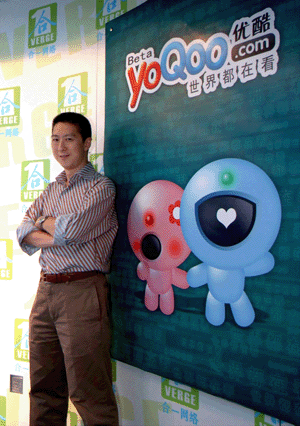Guya Yong: The Opportunity for Micro-videos in China
The significance of YouTube to Google lies in the fact that search corresponds to the retrieval-type advertising dominated by small and medium-sized advertisers, while brand advertising requires a rich media form of expression.
Google's acquisition of YouTube for $1.65 billion has sparked a variety of opinions within the industry. Some analysts have praised it, while quite a few people are not optimistic about it. Regarding the development of video domestically, some media outlets are still exclaiming "video is a big bubble." Despite the various interpretations of this acquisition, there is one point on which everyone agrees: the micro-video model pioneered by YouTube has a broad development prospect.
This acquisition is strategic for Google. It is Google's largest acquisition ever. Moreover, unlike Google's previous acquisitions, this time the acquisition is aimed at the platform/users/content, rather than being a technology-focused acquisition (all of Google's past acquisitions were aimed at acquiring technology). In a sense, this indicates the recognition by Google, as a media company, of the strategic value of UGC (User-Generated Content) media. Controlling vast amounts of UGC content serves as a strategic balance for Google against content from copyright holders.
The transition of the Internet from the era of text and images to the video era is an undeniable reality. The lag of Google Video facilitated the acquisition of YouTube, through which Google can continue to lead in the video age of the Internet. If we broadly categorize online advertising formats into two major types: retrieval-based advertising and brand advertising, Google holds an absolute market share in the retrieval-based advertising market, while it still has a blank space in brand advertising. The form of expression of retrieval-based advertising determines its users, who are mainly small and medium-sized advertisers with the aim of sales and guidance facing end customers. Brand advertising, on the other hand, requires a rich media form of expression, where video can most effectively showcase the impact of a brand, producing a stronger, more vivid, and longer-lasting influence on the audience. With YouTube becoming an asset under Google, it will provide brand advertising services to Google's advertisers that were previously unavailable, and this is a vast, highly profitable "gold mine" that can open up broad space for Google's future growth...
